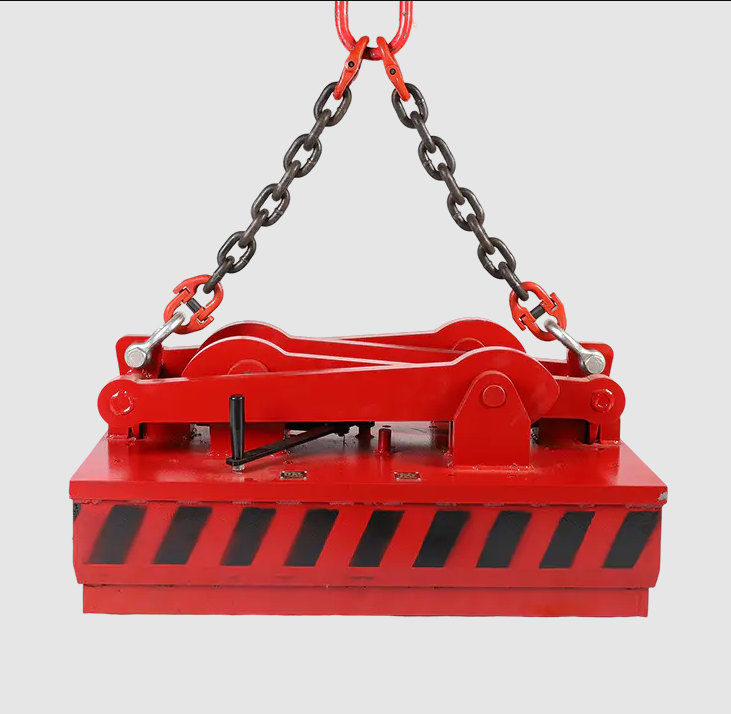How Permanent Magnetic Lifter Magnetic Force Changes During Extended Usage

Introduction to Magnetic Longevity
A Permanent Magnetic Lifter relies on the intrinsic magnetic properties of its permanent magnets to safely lift and transport heavy ferrous materials. Over time, various factors can influence the magnetic strength, potentially leading to reduced performance or even failure. Understanding the causes and preventive measures for magnetic degradation is essential for ensuring safety and maintaining operational efficiency in industrial applications.
Factors Leading to Magnetic Force Reduction
Several factors can contribute to a decline in the magnetic force of a permanent magnetic lifter. High temperatures are a primary concern, as excessive heat can demagnetize the magnets partially or fully. Physical shocks, such as dropping or striking the lifter, can also realign magnetic domains and reduce strength. Corrosion or exposure to harsh chemicals may deteriorate protective coatings, indirectly affecting magnetic performance. Long-term exposure to alternating magnetic fields or electrical currents can similarly diminish the magnet’s effectiveness over time.
Material Quality and Manufacturing Considerations
The type of magnet material used in a Permanent Magnetic Lifter significantly influences its resistance to degradation. High-quality neodymium or rare-earth magnets maintain their strength longer under normal operating conditions compared to ferrite or ceramic alternatives. Proper manufacturing techniques, including precise magnet alignment and secure encapsulation, further enhance the durability of the magnetic system. Selecting a lifter with high-grade materials and reliable assembly reduces the risk of premature magnetic decline.
Monitoring and Maintenance Practices
Regular inspection is crucial to identify early signs of magnetic weakening. Operators can use test weights or specialized magnetometers to measure lifting force periodically, ensuring it remains within specified limits. Cleaning the contact surfaces to prevent the buildup of rust, debris, or other insulating materials is also important for maintaining full magnetic contact. In cases of noticeable force reduction, magnets may need to be replaced or re-magnetized by trained personnel to restore performance.
Impact on Safety and Operational Efficiency
A decrease in magnetic force can compromise load stability, increasing the risk of accidents during lifting or transport. Even a slight reduction may be dangerous when handling heavy or irregularly shaped steel plates. Maintaining consistent magnetic performance ensures both safety and productivity, allowing operators to trust the lifter’s capacity without additional mechanical support or precautionary measures. Proper handling, storage, and preventive maintenance are therefore critical components of long-term lifter reliability.
Ensuring Long-Term Magnetic Reliability
In conclusion, while a Permanent Magnetic Lifter is designed for durable and continuous operation, magnetic strength can decrease over time due to heat, shock, corrosion, or improper usage. Choosing high-quality materials, following correct operating procedures, and implementing routine maintenance and monitoring are essential to prevent magnetic force loss. By addressing these factors proactively, industries can ensure that permanent magnetic lifters continue to perform safely and efficiently throughout their operational lifespan.
- Art
- Causes
- Crafts
- Dance
- Drinks
- Film
- Fitness
- Food
- Juegos
- Gardening
- Health
- Home
- Literature
- Music
- Networking
- Other
- Party
- Religion
- Shopping
- Sports
- Theater
- Wellness


